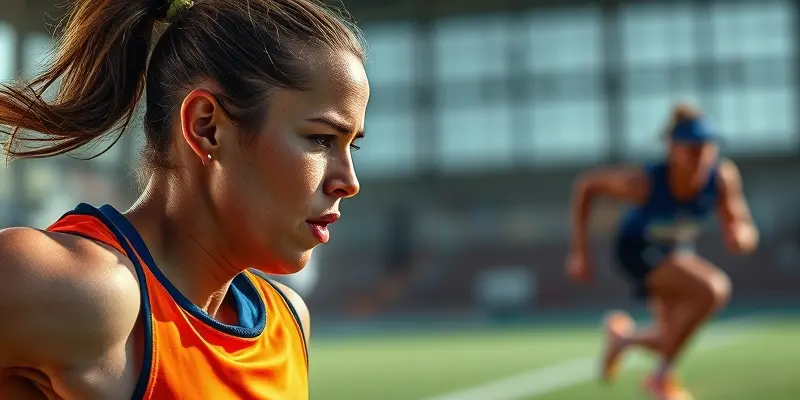Smart Injury Prevention and Recovery for Athletes
Whether you’re a weekend warrior, a fitness enthusiast, or a seasoned athlete, injuries can happen anytime. In this guide, we explore evidence-based ways to prevent common sports injuries and recover safely.
Understanding Common Sports Injuries
Every athlete, regardless of experience level, risks injuries like sprains, strains, and knee injuries. Knowing your body’s vulnerabilities is essential for prevention and recovery.
Common Injuries Include:
- Sprains and Strains: Often due to overstretching.
- Knee Injuries: Such as ACL tears, common in sports requiring jumping or quick changes in direction.
- Stress Fractures: Result from repetitive force often seen in running.
Effective Prevention Strategies
Preventing injuries is about smart preparation and listening to your body. Here’s how you can stay ahead:
-
Warm-Up & Stretching: Dynamic exercises before, static stretches after. This reduces muscle pulls and boosts flexibility.
-
Master Your Technique: Always use the correct form to prevent joint and muscle overload.
-
Strengthen Key Muscles: Focus on the core, hips, and legs to support long-term joint health.
-
Use the Right Equipment: Sport-specific shoes and protective gear like helmets and braces are crucial.
-
Incremental Training Increases: Enhance training by only 10% each week to prevent overuse injuries.
Swift Recovery for Safe Returns
Even with precautions, injuries may occur. Prioritize a methodical recovery process to prevent future issues.
Immediate Care Essentials
The RICE method (Rest, Ice, Compression, Elevation) is your go-to for acute injuries. It’s simple yet effective in managing swelling and pain.
Rehabilitation and Proprioceptive Training
- Engage in balance exercises with tools like balance boards.
- Work alongside physical therapists who tailor exercises to your needs.
Assessing Readiness
Using structured frameworks, consider your tissue health before resuming sports activities.
Nutrition’s Role in Recovery
Nutrition can accelerate healing remarkably. Here’s what to focus on:
- Protein: Vital for muscle repair.
- Vitamin C & Collagen: Aids in soft tissue healing.
- Hydration: Essential for tissue recovery.
Psychological Resilience in Injury Recovery
Motivation wanes when sidelined by an injury. Keep your spirits up with small, achievable goals, and surround yourself with supportive peers for encouragement.
Conclusion
Injuries don’t have to sideline you for long. By prioritizing prevention, nutrition, and a structured recovery approach, you optimize your chances of returning to sports stronger and more resilient.
Stay informed, stay active, and most importantly, stay injury-free. Remember, the key to longevity in sports is understanding your body and its limits. Are you ready to make the most of your recovery journey?

